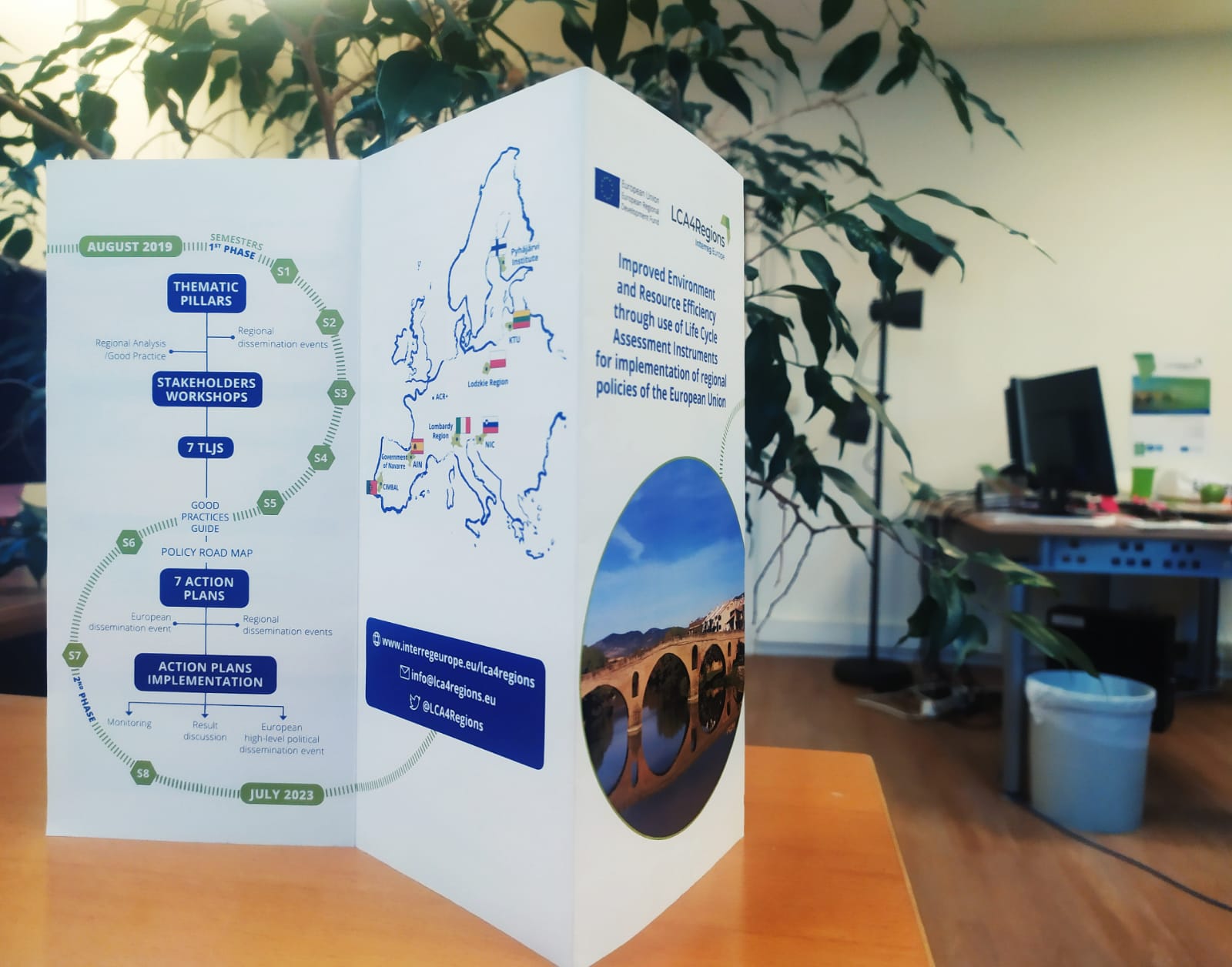The 3rd TLJ will take LCA4Regions partners to Satakunta, Finland. Before the journey starts, we offer you to discover its policy context in a series of five articles.
Let's begin with climate policies.
The entire regulatory framework in Satakunta is based on the national legislation. Finland is committed to implement the whole 2030 Agenda for Sustainable Development and its SDGs by 2030. The key measures to put the 2030 Agenda into practice are the integrated policies and measures taken in various Government sectors as part of the implementation of national and EU legislation, national sectorial or thematic strategies and action plans, as well as international agreements and commitment.
Finland's national climate change policy
The key pillar of Finland’s national climate policy is the Climate Change Act that entered into force on 1 June 2015. According to the Act, Finland must reduce its greenhouse gas emissions by at least 80% by 2050 from the levels in 1990. The Act also lays down provisions on a climate policy planning system and on monitoring the achievement of climate objectives. The aim of the planning system is to make sure that Finland will reach the targets with respect to both climate change mitigation and the preparations for this.
Climate policy planning system
In Finland, the climate policy planning system under the Climate Change Act consists of the Long-term Climate Change Policy Plan, Medium-term Climate Change Policy Plan and Adaptation Plan, and a separate Energy and Climate Strategy.
The Medium-term Climate Change Policy Plan presents the measures to mitigate greenhouse gas emissions caused by human activity in building-specific heating and cooling, agriculture, transport and waste management and in terms of industrial F-gases, as well as estimates of the trends in greenhouse gas emissions and impacts of policy actions on these.
National objectives
Prime Minister Sanna Marin’s Government has set as the objective that Finland will be carbon-neutral in 2035 and carbon-negative soon after that. The aim of the present Climate Change Act is to reduce greenhouse gas emissions by at least 80% to 2050 from the levels in 1990, but the Act will be reformed in such a way that the targets concerning carbon neutrality, i.e. a balance between emissions and sinks, by 2035 will be reached. The Climate and Energy Strategy and Medium-term Climate Change Policy Plan (KAISU) will also be updated during 2021.
In Satakunta, an ongoing approach is to prepare the first climate and energy strategy for Satakunta region (EU Life IP CANEMURE project). The Finnish Environment Institute (SYKE) has launched a novel calculation system bringing together all the greenhouse gas emissions from different cities, municipalities and regions around the country in one platform. The calculations website is a unique visualization of each Finnish municipality’s emissions status from 2005 onwards. The user-friendly greenhouse gas emissions service is available for all in Finnish and in English. Visitors can click on their municipality or province and see the emissions development in 2005–2017 as well as the distribution between different sources. The service also allows for changing the calculation methods for in-depth analyses.
The policy instrument, The Regional Programme of Satakunta, includes thematic sector “Pure vitality”, which priority aims at the success of business by strengthening the region’s cornerstones and sectors that enable growth: the industrial modernisation, the energy sector and food production chains, the bioeconomy and circular economy, and blue growth. Climate-related focus points include at theme 4: Energy - aim to consolidate Satakunta’s position as a centre of wide-ranging energy production and expertise. Focus includes promotion of production and usage of renewable energy, and promotion a low carbon policy with the aim of a carbon-neutral Southwest Finland by 2040.
Emissions of municipalities in the effort-sharing sector have decreased by only 12 percent in 2005–2017. This quite modest reduction in emissions relative to the carbon neutrality target shows that further action is needed to promote climate work in municipalities.










